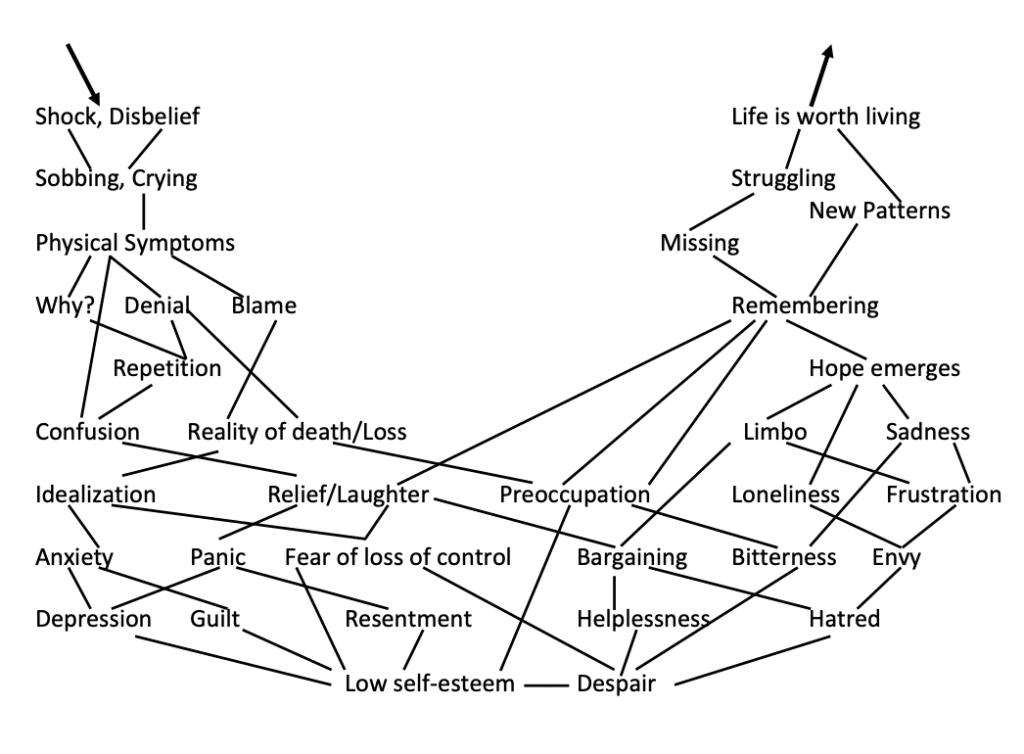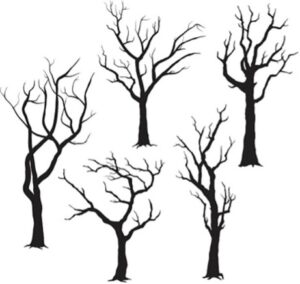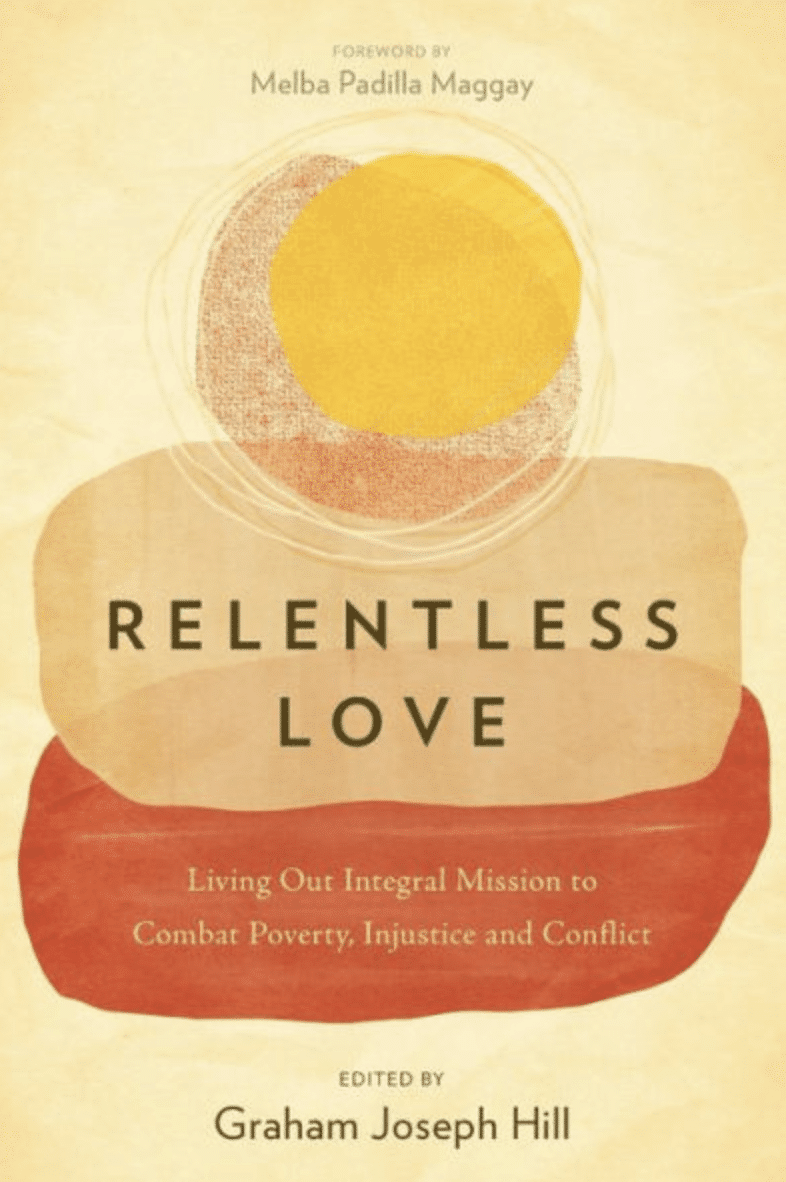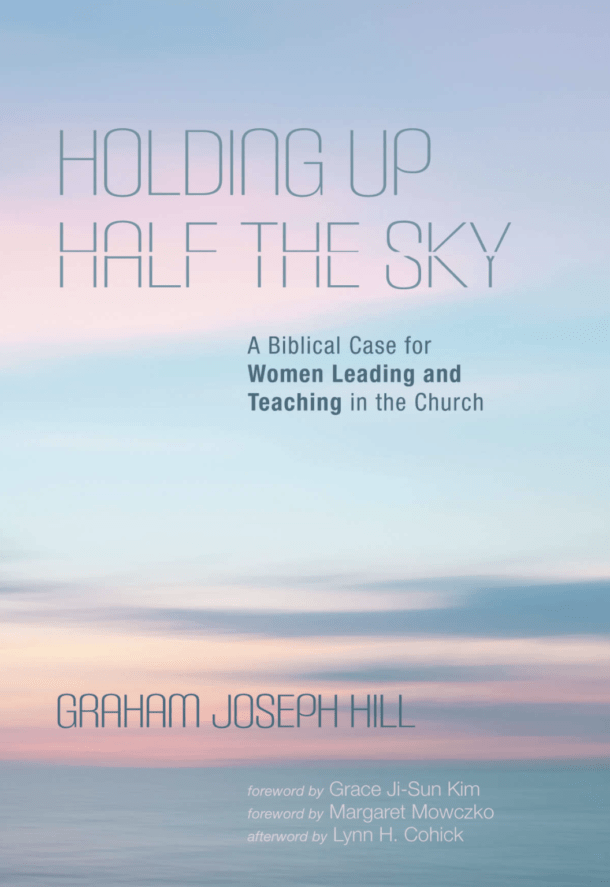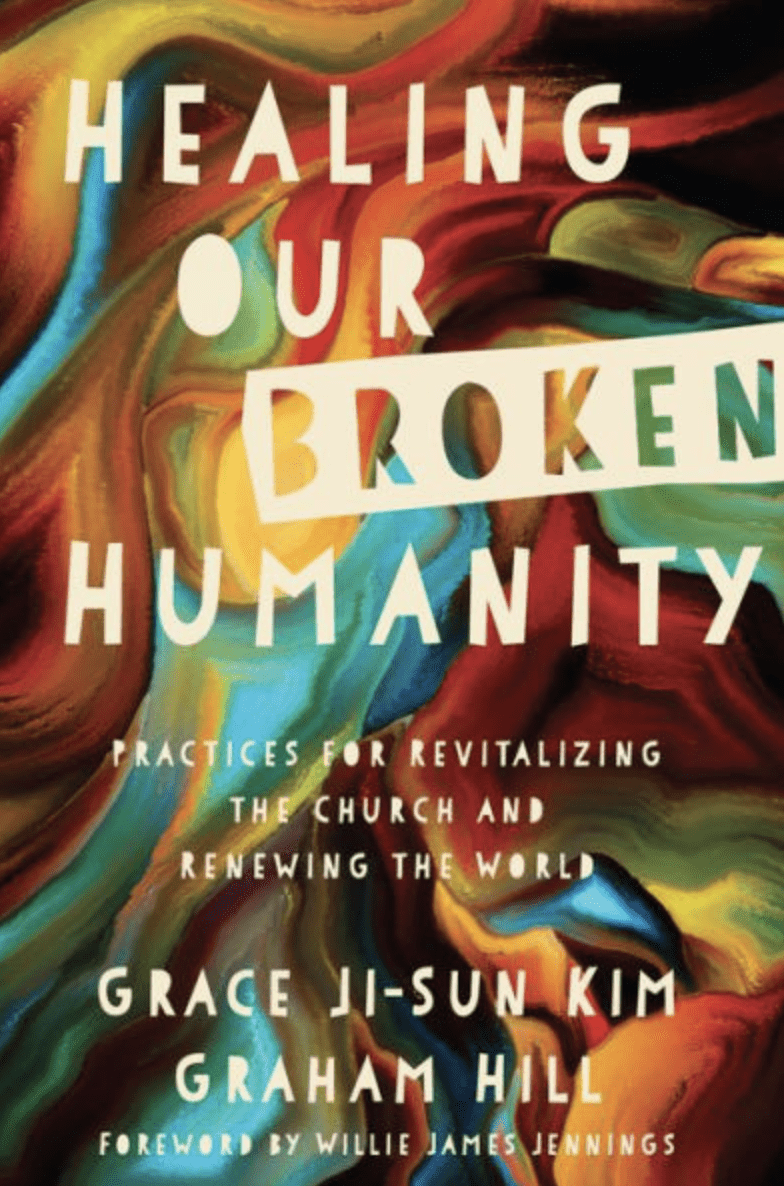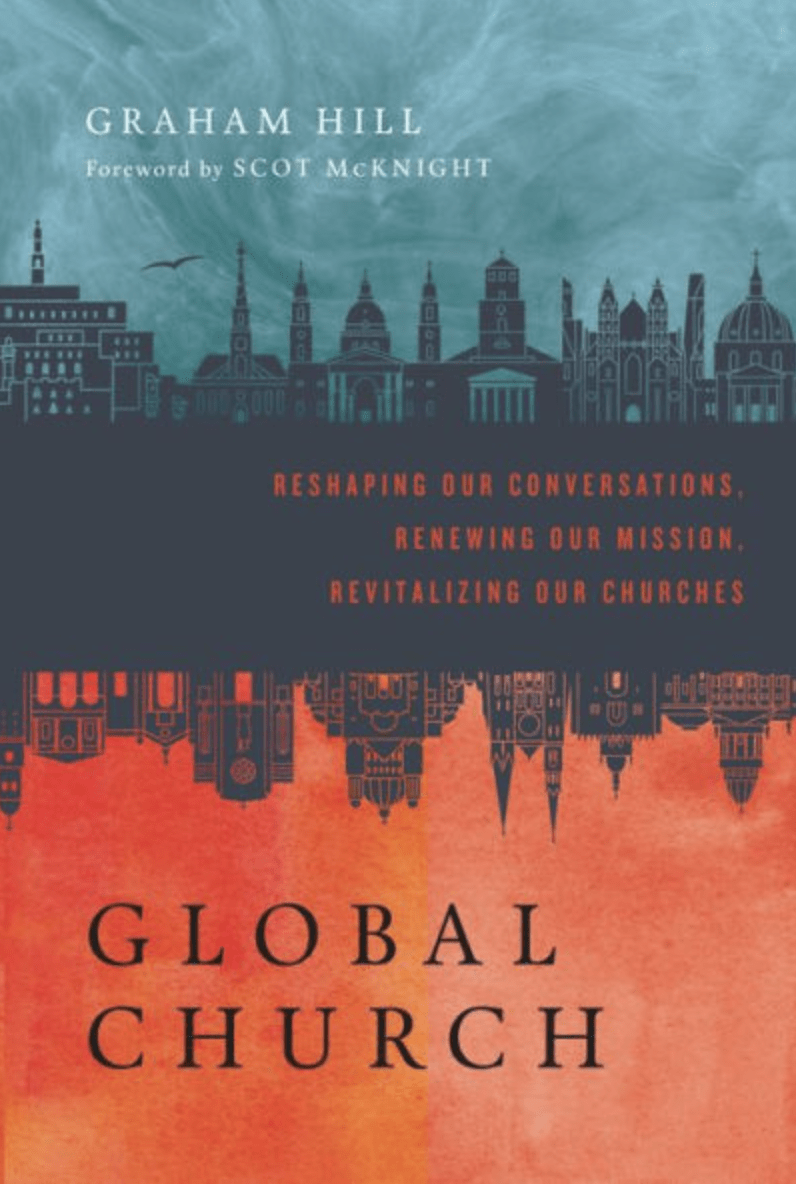By Dr. Vivienne Mountain, PhD
Grief and loss will become a more dominant part of human life soon. Rebecca Huntley’s book “How to Talk about Climate Change in a Way that Makes a Difference” comes from a secular perspective. Yet, in her chapter on how we cope with loss, she acknowledges the importance of religion. She, with some surprise, acknowledges that “religions around the world have made strong unequivocal statements about the urgent needs for action of climate change . . . What religion can provide to those who are grieving is not only rites of passage but a community of mourners . . . A kind of comfort that therapy can’t.” From her research, she considers that “environmental protection is considered a moral and religious issue for believers as ‘stewards of God’s creation’.”1
For our faith communities, a deeper understanding of grief can help us respond to our new social challenges with the hope that something positive can emerge. Old assumptions of power, prestige, self-fulfilment, and inequality can change. A new, better life can emerge from the groaning in grief.
At this point in human time, in this time of extreme change, grief with a longing for the past is a shared reaction worldwide. As we experience lockdowns in our cities, there is a longing to have freedom again. The pandemic is affecting us all with uncertainty, suffering, and death. A sense of loss and grief is real.
As well as the impact of COVID, there is deep underlying grief in the changes to our climate. This year we have seen images of floods in Germany, bush fires in Greece and Turkey, heatwaves in Siberia, and starving livestock in Mongolia. The recently released report by the Inter-governmental Panel on Climate Change paints a grim picture. We long for environmental security and the reliability of food production, and the water supply that we enjoyed in the past. Our world is under threat, and our faith needs to be renewed.
As Christians, we must be prepared and ready to support our community to cope with grief and loss’s escalating and complex situations. Grief is real, affecting our emotional life and mental health. Faith is needed to help us keep going through the darkness into hope. Through faith and hope, we seek the love of God, giving us the energy to care for the vulnerable and the power to find creative ways to change and protect our world. It is essential to know that we are not alone; God is with us, as together in grief, we work for health and healing.
Of course, the grief from our deteriorating world environment is in addition to our normal personal and individual grief and loss situations.
Grief: The Normal Process of Reacting to Loss
Grief is normal.2 Grief is our human reaction shown in many emotional ways, such as sadness, anger, guilt, or despair.
Our sense of loss can relate to many aspects of life:
- There is physical loss, such as in death, when a special loved person has gone.
- There can be social loss through the change after divorce or the loss of income or status.
- There can be spiritual loss when the outside world seems toxic, and our expectations are unfulfilled, as in the experiences of war, abuse, discrimination, pandemic, and climate change.
Grief is related to death, or when something expected is no longer there, and we long for change, a return to the familiar, or a fulfilment of our expectations.
There are many emotions involved in grief:
- Shock – in sudden death, the death of a child, or the traumatic memory of being a witness to pain and death.
- Confusion – questioning “why?” and “how?” and “what if?” are very common.
- Deep sadness – when we are close to death and loss, and these are prolonged.
- Ambivalence – when memories of the relationship are mixed and unclear.
- Fear – Often associated with loneliness.
We are all “traumatised by the culture of violence that is eroding our capacity to trust.” “We suffer profound loneliness that accompanies our estrangement from the natural world and its non-human inhabitants.” We know of the “pollution and desecration of the planet . . . seemingly unsolvable problems that are crucial to the fate of the earth and the future generations.”3
There is a Tangle of Emotions in Grief: Such Grief Can be Seen as a Curve
People Respond to Grief and Loss in Different Ways
These responses relate to:4
- Our belief systems.
- Our sense of attachment to what is lost.
- Our personality.
- Our history and previous experiences of loss.
- Our social and cultural perceptions (that we have inherited).
Ways to Go Through Grief
When disaster hits us, the first priority is to survive. The second task is to grieve – grief is a task; it involves thinking and action.
Well-meaning people say things like, “get over it, don’t express your feelings, just take life quietly.” These responses are not helpful. Human connection and honesty are most important. We need each other in grief. Psychology reveals that regression is natural for newly bereaved people (most adults regress to an 8 to 15-year-old). For young children, there can be bed-wetting or a reversion to baby-talk. Therefore, every bereaved person needs an advocate, someone to stand with them to support and help make decisions.
The best support for grief is to have someone with you to move into the chaos without trying to change it
When in grief, we need:
- Reality and talk (tell the story, again and again, draw pictures, or go through photographs).
- Find or create rituals to recognise the loss (e.g., a funeral or a tree planting)
- Empathy (space to know our helplessness is ok)
- Permission to be yourself (to cry or not cry)
- Transitional objects (keeping things to help remember)
- Time (allow time, don’t rush, remember anniversaries)
- Find balance in life (exercise, worship, fun, and lightness)
- Professional help as needed (ask for assistance to find the help you need)
Seasons for Growth
“Seasons for Growth” is a useful psycho-educational program available for children. It is well designed and tested, with resources aimed at different age levels. Training in the method is provided, and many schools use this program with children in small groups sharing their sadness and supporting each other. It is used to help children understand and cope with important losses in life, like the death of a family member, divorce, or recovery after a bushfire. Although designed by the Mary McKillop foundation, it does not have an overtly Christian message and can be used for community education.5
“Seasons for Growth” uses a model from the research of William Worden, suggesting that there are four tasks to be completed as we work through grief.6
The first task is the reality check – to acknowledge the reality of change and loss in life. This is represented as Autumn.
The second task is to work through the pain and grief – to learn about possible reactions to change and loss and how each has experienced these. This is represented as Winter.
The third task is to adjust to an environment in which the significant person is no longer present. Together the group develops skills to assist in processing their grief. This is represented as Spring.
The fourth task is to relocate the person emotionally and move on with life – exploring ways of letting go and moving forward. This is represented as the season of Summer.7
Worden’s model largely focuses on the grief following the death of a special person. However, the model can be used widely, providing ideas for coping with other forms of grief.
Coping With Grief Can be Linked to Our Beliefs
For Christians, our beliefs may include:
- From the Christian worldview, there is a belief in God as creator, redeemer, and sustainer of the universe.
- There is the central story of the Old Testament – God saving his people from slavery in Egypt and leading them to a promised land.
- Images from the Psalms, for example, Psalm 23, shows God as the good shepherd, engaged in human life with the need to find food, peace, and courage in hard times.
- The books of Wisdom and the Prophets recognise God as active in confronting injustice and calling us to care for those who suffer.
- Finally, in the Old Testament, we have the book relating to the suffering of Job. Job is portrayed as righteous, yet he suffers. It seems as if there is no hope, yet at the end of his struggle, Job sees the glory of God and comes to accept all of his life in humility.
From the New Testament, we have the image of Jesus as the suffering servant who comes to save his people from their sins. There is the grace shown in Jesus through encounters with the outcast and the sick. He forgives and heals. He calms the storm. Jesus feeds the crowd. He welcomes the children. He changes water into wine. These are signs of his human compassion and divine connection with God. He trusts God for the future as he refuses to turn away from death on the cross.
Many Christians have favourite texts from scripture that they can use to calm the mind and remind them of positive possibilities while grieving.
Some of these might Bible verses be:
- The light shines in the darkness, and the darkness has not been able to put it out (John 1:5).
- The eternal God is our refuge, and underneath are the everlasting arms (Deut. 33:27).
- Learn from me, for I am gentle and humble in Spirit, and you will find rest for your souls (Matt. 11:29).
- Rest in the Lord, wait patiently for Him (Ps. 143:10).
- Finally, brothers and sisters, whatever things are true, noble, just, pure, lovely, of good report, if there is any virtue and anything praiseworthy, meditate on these things (Phil. 4:8).
For the person of faith, prayer is linked to scripture as a way to go through the work of grief. Prayer need not be in words but feelings and “groaning.” A helpful image can be drawn from the book of Romans chapter 8. It speaks of the whole creation groaning, as in the pains of childbirth – a positive image of a good end still to come. The chapter then moves on to speak of ourselves groaning as we wait for relief. Finally, in this section of scripture, we see the Holy Spirit coming to help, praying for us with groaning in prayers too deep for words.
In our work of pastoral care, we bring support and understanding. To know we are not alone as we groan. The best support for grief is to have someone with you.
This sense of support can be from a sense of a loving God, or the beauty and wonder of the natural world, and also from our wider human connections with friends and family, who understand and walk with us. There are many other ways to help us come through “the dark night” of grief. The list is endless: music, exercise, movement, dance, art, craft, bushwalking, gardening, and cooking. Many go back to creative hobbies enjoyed in the past to give a sense of relief. Practical projects help to bring the mind into the present, offering a space of calm. They could be linked to the fourth stage in the model by Warden, “a way to let go and move forward.”
“Letting go and moving forward” in a new way is not comfortable or easy. Francis Weller says, “facing grief is hard work . . . it takes outrageous courage to face outrageous loss.” Weller identifies five aspects of grief and likens them to gateways that we must pass through.
- The first gate is sorrow: Deep sadness as we see life’s impermanence, since everything we love we will lose.
- The second gate is shame: We reject and do not own aspects of our lives.
- The third gate is the injustice and suffering of our world: Suffering is real, and we have an awareness and empathy for the deep interconnectedness of all living things.
- The fourth gate is the loss of our deep expectation: We come into the world with anticipation and hope of productivity and love, and these are high expectations that are only partly realized.
- Finally, there is the gate of ancestral grief: Ancient sorrow and loss are carried in our bodies, often unacknowledged and unrecognized through the generations.
Grief is a harsh teacher; we cannot ignore it or run away. Grief forces us to change. There is an internal change of heart and understanding as we come to terms with the gateways of grief. There is hope for more comprehensive external social change in this personal change, as we find new energy to work for the good in the Spirit of God.
Dr. Vivienne Mountain, PhD
Clinical Counsellor, Professional Supervisor, Member of St Leonard’s UCA
Registered with CCAA PACFA AAOS
Website: www.viviennemountain.com.au
I have prepared this paper first for my benefit, to clarify my ideas and calm my mind, and to pass on that sense of calm in my work as Clinical Counsellor and Supervisor. In my work, I value both the academic foundations in psychological understanding alongside my Christian worldview. This worldview can be summarized in answer to the question of the prophet Micah – What does the Lord require of you? “To seek justice, love mercy and walk humbly with your God.”8
References
Antal, Jim (2018) Climate Church, Climate World: How People of Faith Must Work for Change, USA: Rowman & Littlefield.
Doka, Keneth, (2003), Coping with Public Tragedy, Brunner- Routledge.
Fooks, Jan & Fiona Gardner (2007) Practicing Critical Reflection, U.K: Mc Graw-Hill.
Greenspan, Miriam (2004), Healing through the Dark Emotions, USA: Shambhala.
Huntley, Rebecca (2020) How to Speak about Climate Change in a Way that Makes a Difference , Australia: Murdoch.
McKissock, D.M. (2012), Coping with Grief: Fourth Edition. Australia: Harper Collins.
Mountain, Vivienne (2018), Building Emotional Health and Wellbeing, Australia: Intergen.
Rothschild, Babette, (2010), Eight Keys to Safe Trauma Recovery, USA: Norton.
Sorajjakool, Siroj, (2006), When Sickness Heals – The Place of Religious Belief in Health Care, USA: Templeton.
Westberg, Granger E. (Reprint 2016), Good Grief, Revised Edition, Thornbury: Daybooks.
Weller, Francis (2015), The Wild Edge of Sorrow, Australia: Penguin.
Worden, William (2018), Grief Counselling and Grief Therapy, USA: Springer.
Websites
www.bereavementcare.com.au/services_children.htm
www.psychologytoday.com/blog/good-mourning/201707/dealing-the-death-child
Footnotes
- Rebecca Huntley (2020) How to Speak about Climate Change , p.205-206.
- https://www.medicinenet.com/grief/definition.htm
- Miriam Greenspan (2004) Healing through the Dark Emotions, p.151.
- Used with permission Jenni Wegener AAOS Webinar ‘The Healing Lens of Supervision’
- https://www.medicinenet.com/grief/definition.htm
- https://www.alustforlife.com/tools/mental-health/william-wordens-four-tasks-of-grief
- https://www.google.com/search?client=safari&rls=en&q=seasons+of+growth&ie=UTF-8&oe=UTF-8
- Micah 6:8.
